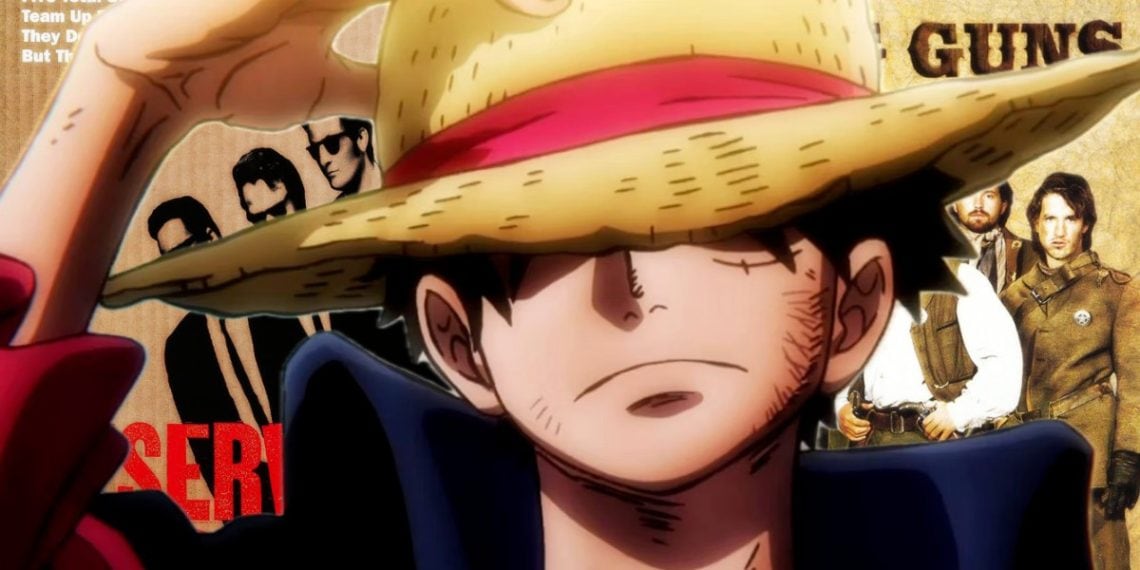Eiichiro Oda, the creator of the popular manga and anime series One Piece, draws inspiration from various classic Western films and directors in shaping his iconic story.
Specifically, he references being highly influenced early on by the Young Guns western film directed by Christopher Cain as well as multiple works by quintessential American director Quentin Tarantino.
Oda singles out Reservoir Dogs for the stylish appeal of the lead characters in suits as well as Pulp Fiction more broadly for its cool aesthetic and tone.

He explicitly connects these cinematic influences to directly impacting his initial ideas and approaches for crafting components of the One Piece world and characters, ranging from its visual style to narrative themes of adventure.
Oda effectively fuses ideas from these impactful Western movies into the fabric of his own highly successful Japanese pirate epic.
Oda Sensei Is Influenced by Tarantino’s Pulp Fiction and Reservoir Dogs
Eiichiro Oda’s early manga anthology “WANTED!” featured his series “Monsters: 103 Mercies Dragon Damnation,” which Netflix recently adapted into an anime.
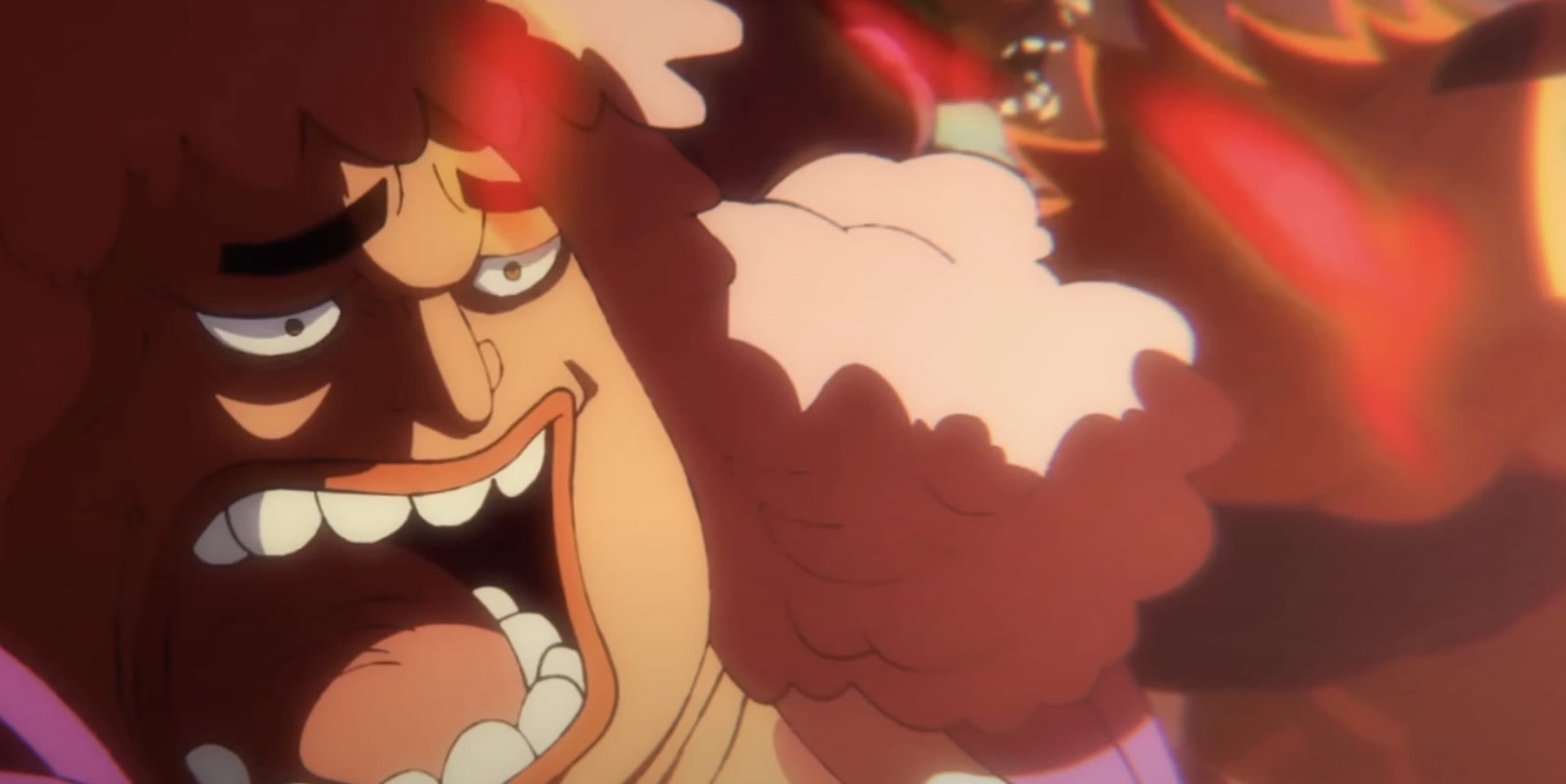
This indicates Oda’s works beyond One Piece also resonate. Additionally, the entire “WANTED!” anthology will now receive an official English translation for the first time through VIZ Media.
When discussing One Piece specifically, Oda shared that the character Sanji was directly inspired by Steve Buscemi’s role as Mr. Pink in Reservoir Dogs.
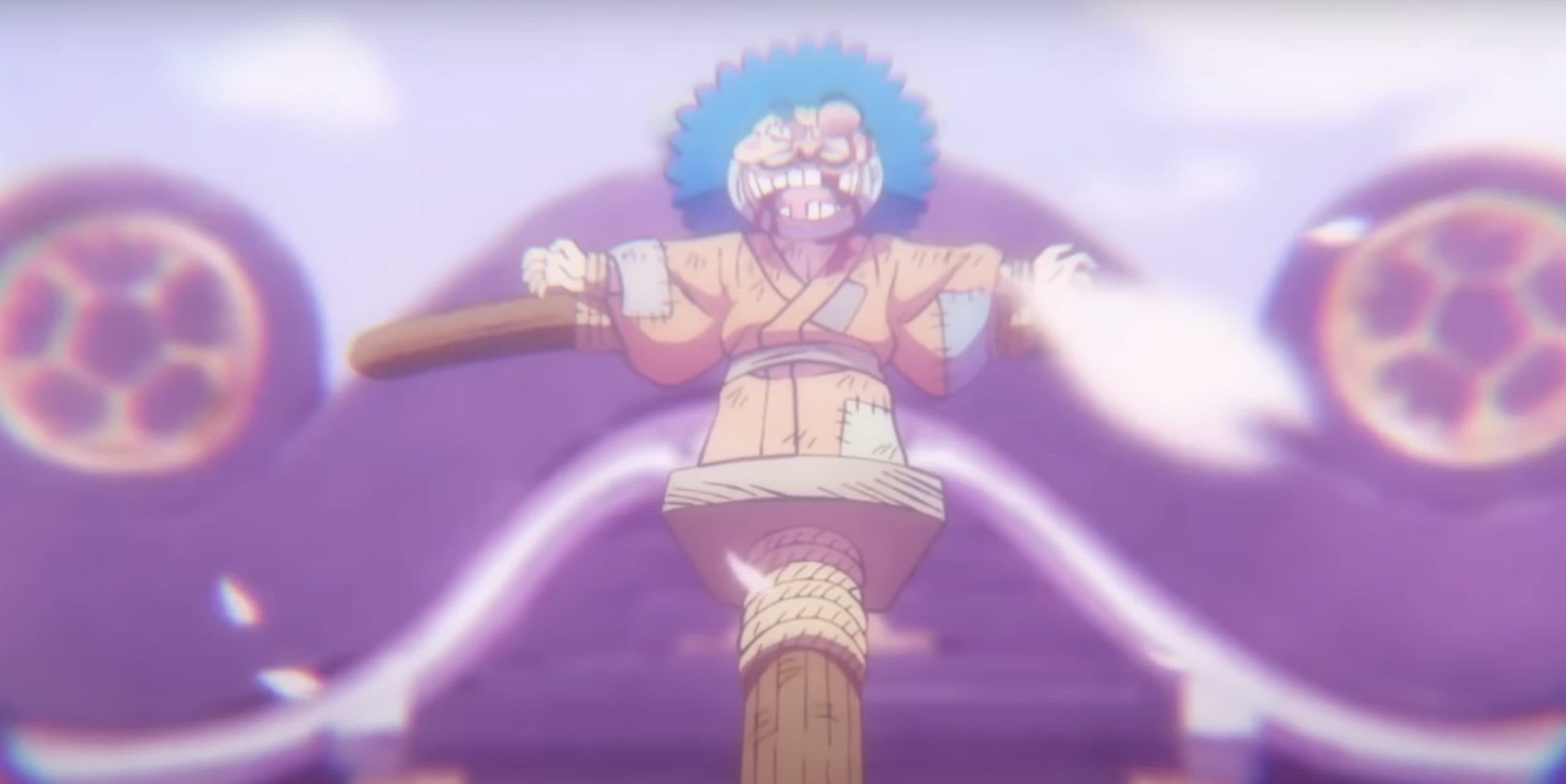
This highlights how Oda borrowed ideas from Tarantino’s film for specific One Piece characters. An interesting side note – One Piece later introduced the flamboyant character Señor Pink during the Dressrosa arc, perhaps showing more subconscious Reservoir Dogs influence.
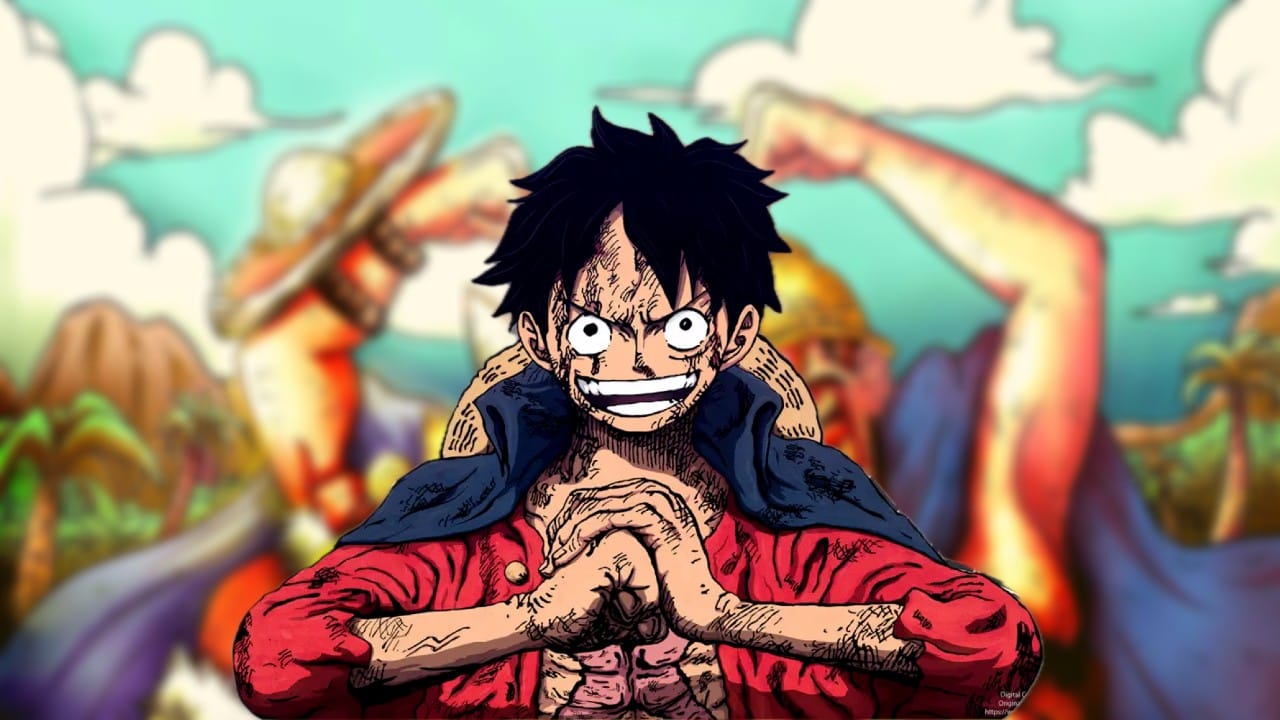
Oda fused his love of Western movies into multiple manga projects, with Reservoir Dogs leaving a particularly notable imprint on One Piece characters.
Now both WANTED! and One Piece boast global fanbases, showing Oda’s cinematic inspirations helped yield an internationally beloved series.
Oda Sensei Crossing Cultural Borders
In discussing influences beyond Western films, Eiichiro Oda reveals some expected and unexpected sources of inspiration. Unsurprisingly, legendary manga artist Akira Toriyama, creator of Dragon Ball, stands as Oda’s foremost Japanese influence.
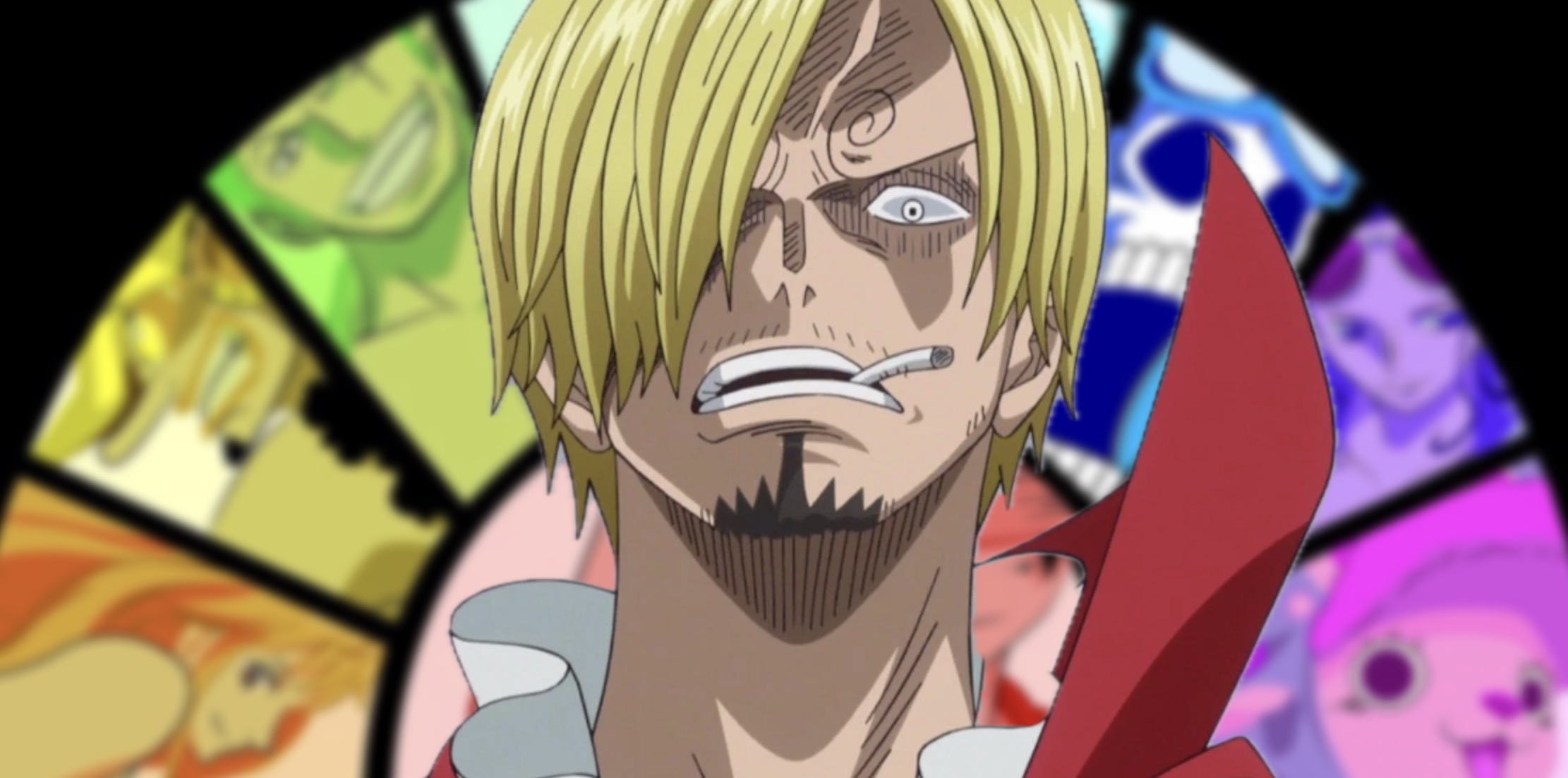
However, Oda also cites the classic anime film Nausicaä of the Valley of the Wind from the revered Studio Ghibli as a key reason he avoids killing off characters in One Piece.
This demonstrates some of the top Japanese creative works shaping his style.
Additionally, Oda notes that the interplay between Eastern and Western media flows both ways. For example, rising manga star Tatsuki Fujimoto packed his hit series Chainsaw Man’s anime adaptation with references to his favorite movies.
Likewise, recent American films like Spider-Verse openly pay homage to classic Japanese anime and manga through their artistic designs, showing Oda is not alone in blending these storytelling traditions.
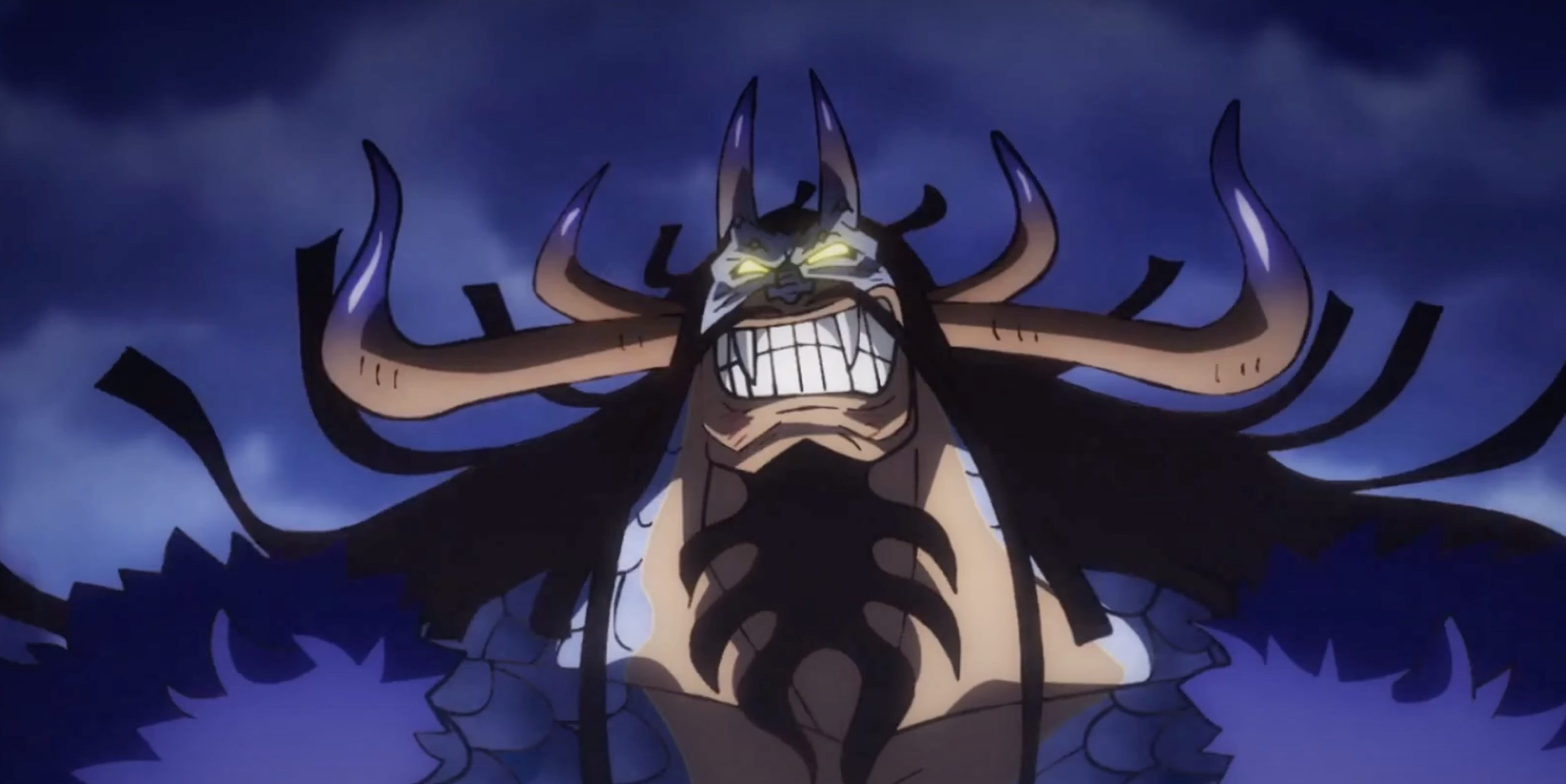
Eastern and Western creators continue fueling one another’s imaginations across the Pacific.
More About One Piece
The diverse world of One Piece, while centered on pirates, features a wide spectrum of races coexisting across various nations, from dwarves and giants to merfolk and mink tribes.
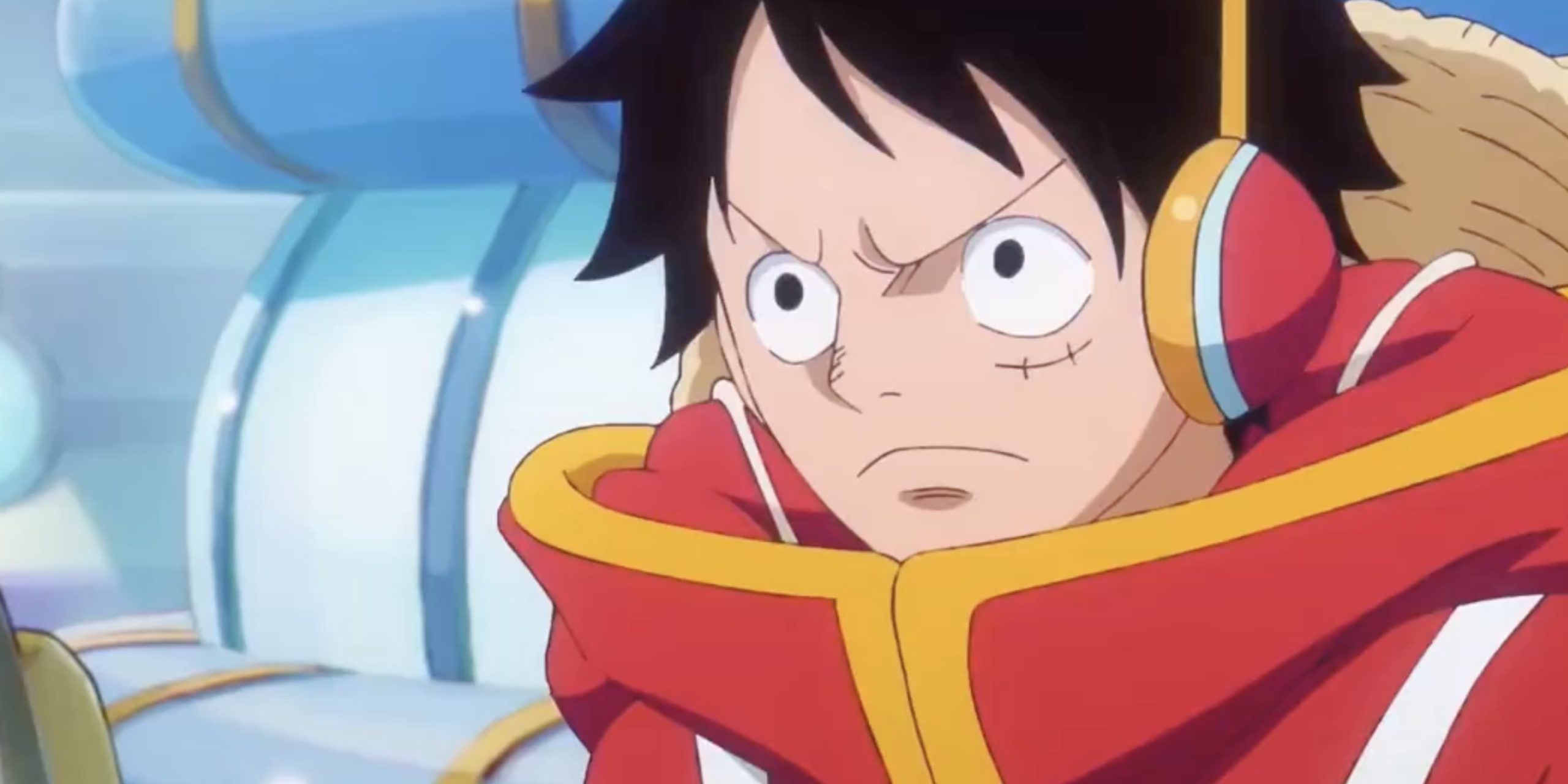
Governance is provided by the overarching World Government and its Navy forces, which aim to police the high seas against piracy and uphold their vision of order.
However, their authoritarian methods and murky morals fuel resentment. Rebel groups like the Revolutionary Army actively seek to overthrow what they view as the World Government’s corrupt rule.
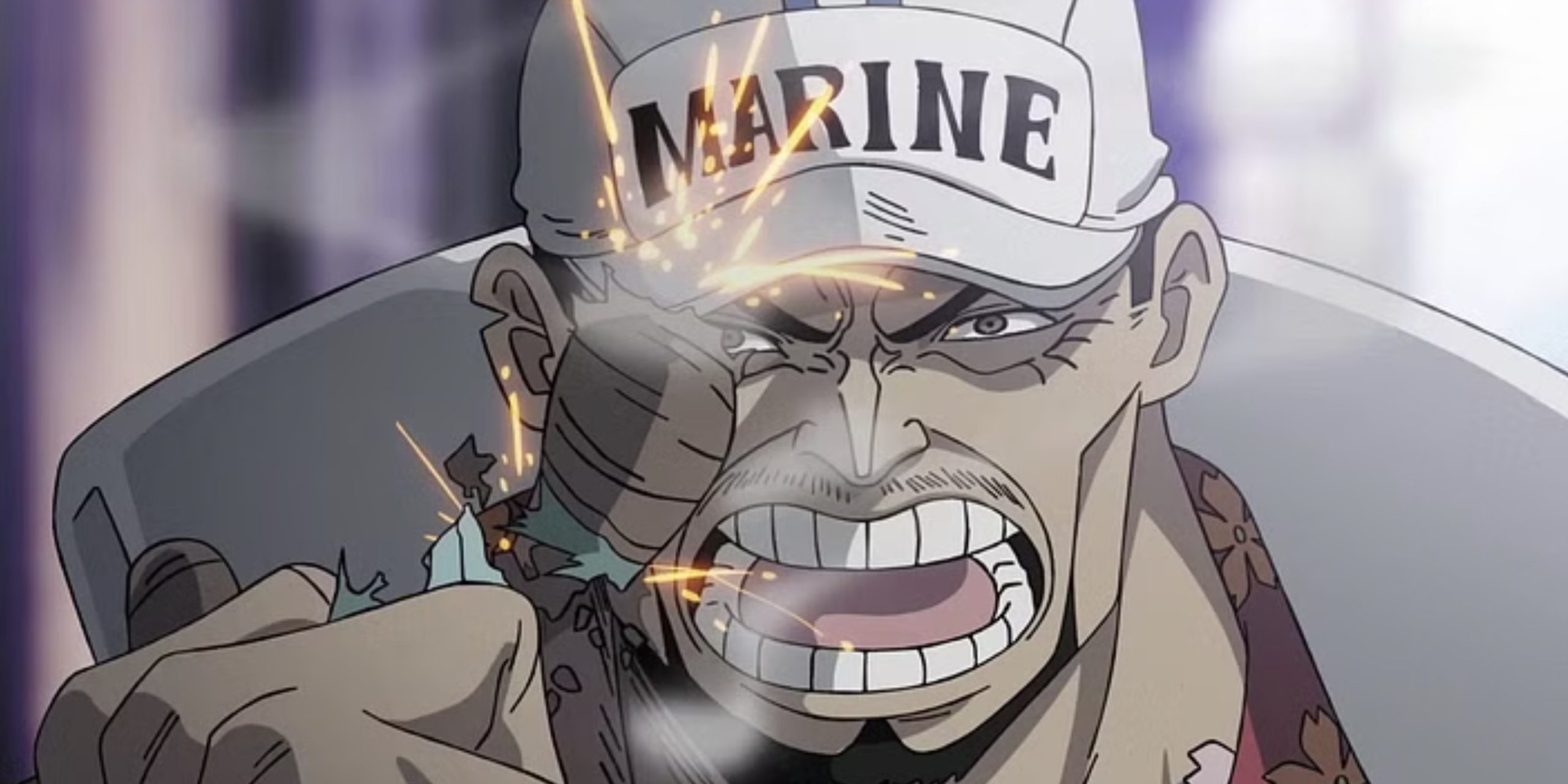
Pirates themselves in One Piece are portrayed in more nuanced shades of gray compared to typical good-versus-evil narratives. Cruel villains exist, but the label of “pirate” also applies to individuals merely seeking freedom outside of the World Government’s control.
Supernatural elements like Devil Fruits and Haki powers further empower both pirates and the World Government forces opposing them.

With these fantastical assets in play, the central conflict extends beyond simple piracy to become a broader clash of ideological outlooks on governance and morality.
The story leaves room to understand the perspectives of all sides, while subtlety questioning the rightness of any one faction’s goals or methods.
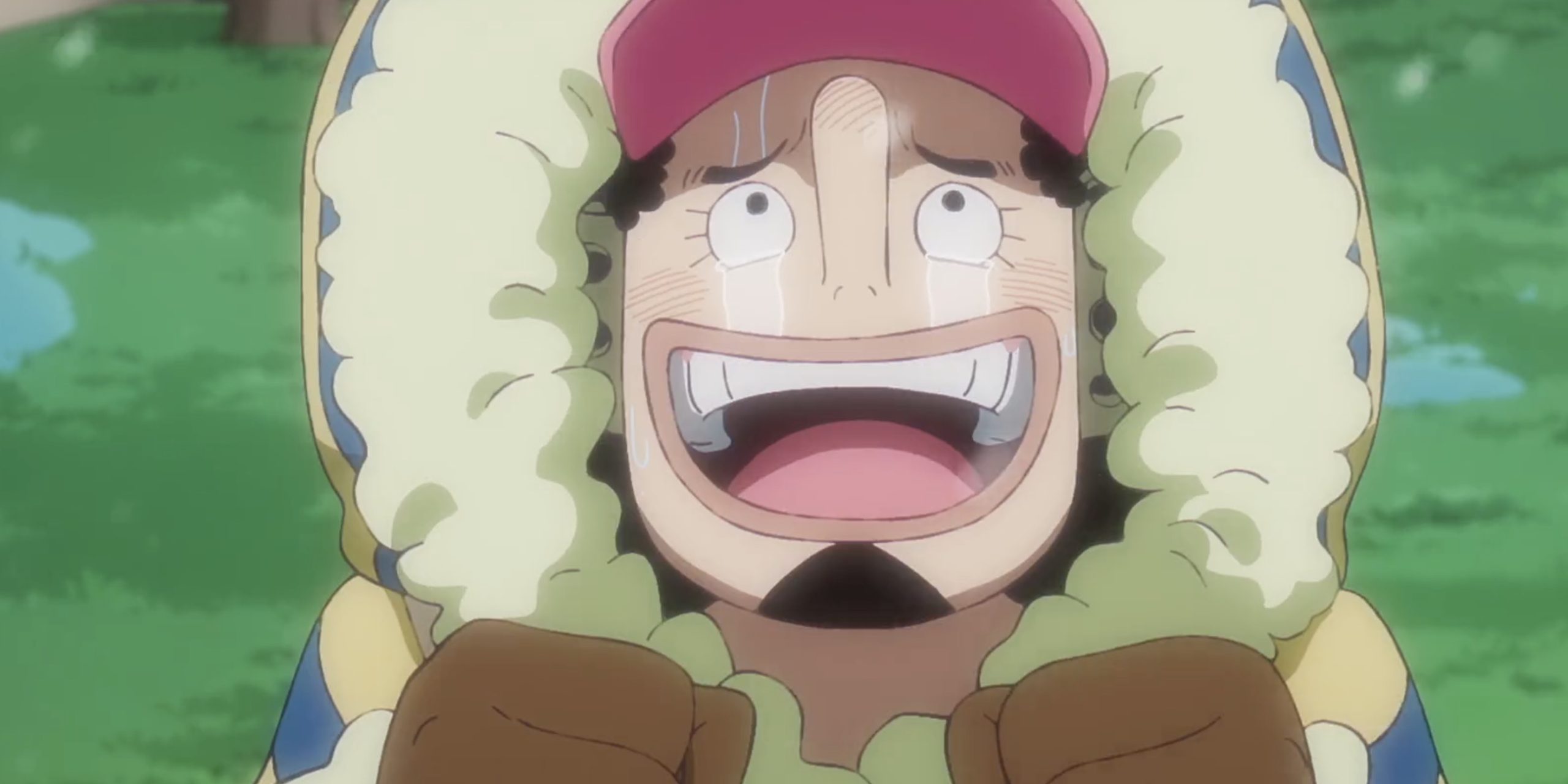
One Piece chronicles the adventurous journey of Monkey D. Luffy, a young man whose body gained rubber properties after accidentally eating a Devil Fruit.
Inspired by legendary pirate Gol D. Roger, Luffy sets sail to locate Roger’s final treasure, the “One Piece,” and claim his title of King of the Pirates.
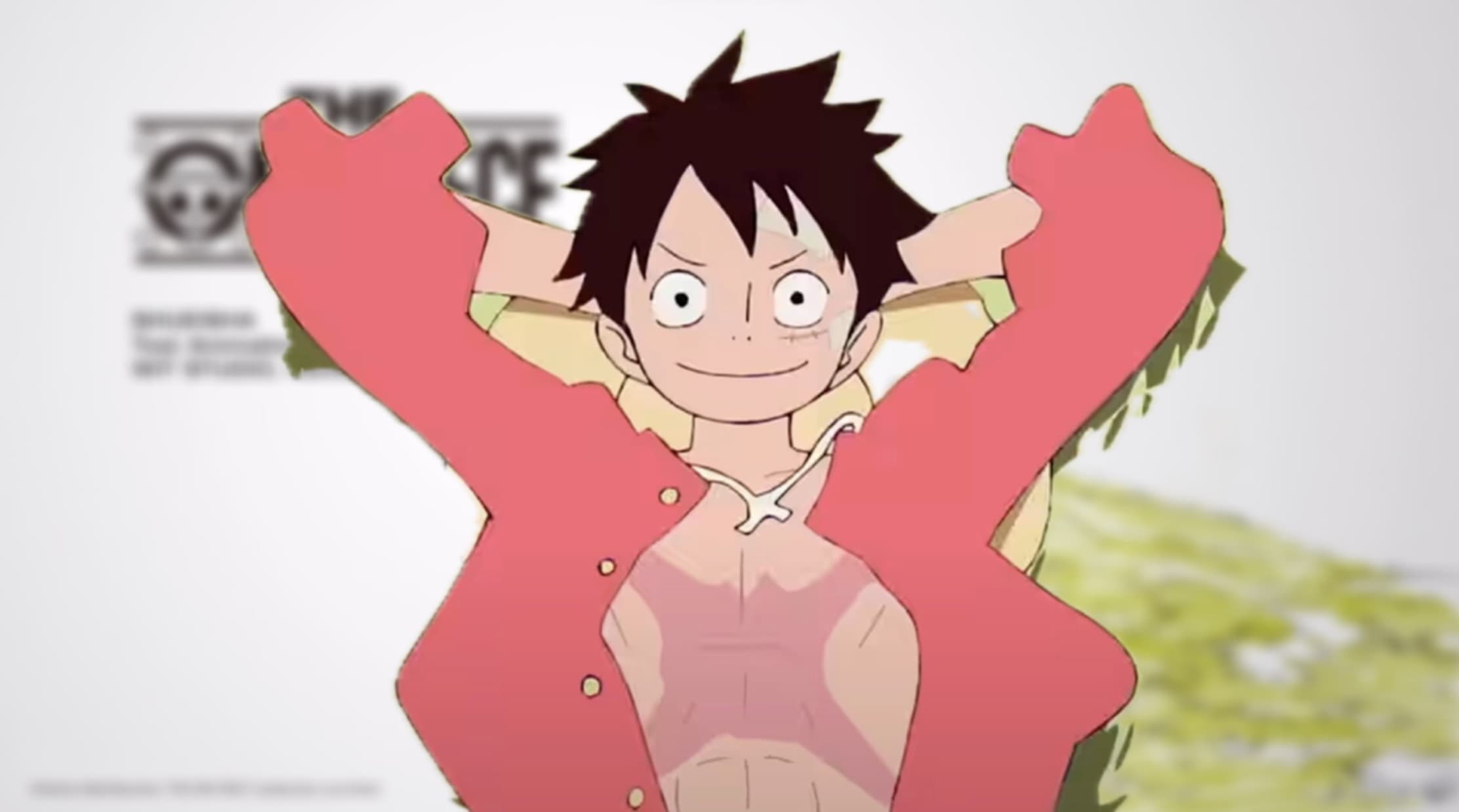
Luffy slowly assembles a loyal crew to join him on his perilous quest across the East Blue Sea and beyond. His first recruit is Roronoa Zoro, a formidable pirate hunter swordsman.
They later add navigator and thief Nami, compulsive liar and sniper Usopp, flirtatious cook Sanji, and others to their ranks as the Straw Hat Pirates.
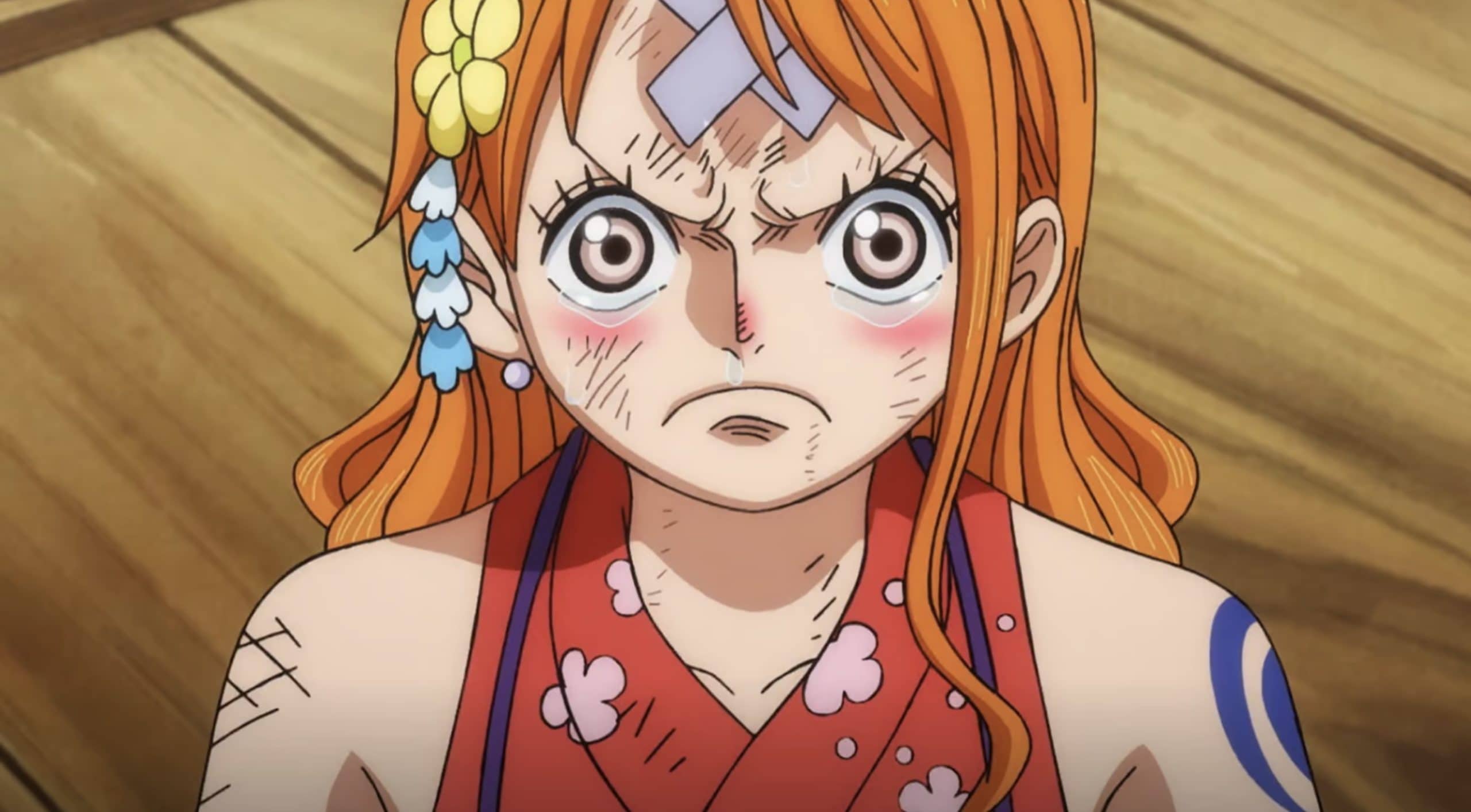
The group bonds while acquiring ships to travel dangerous seas, engaging in explosive battles with notorious pirates, and pursuing thrills and riches.

